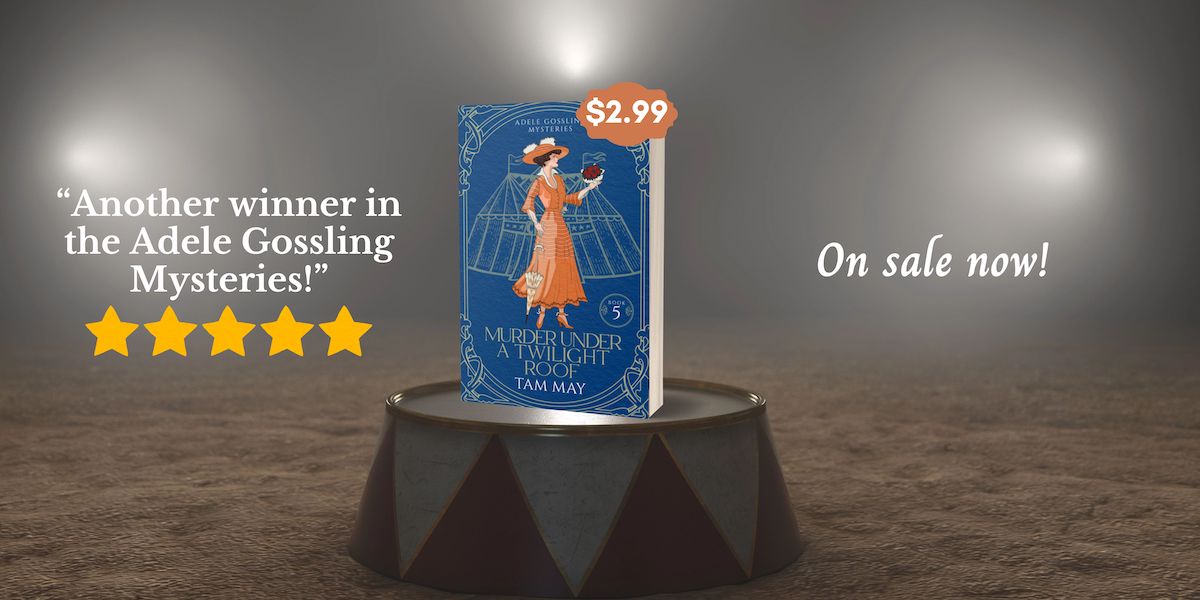Today is the first day of Hispanic Heritage Month and cause for celebration!
I’ve been watching a lot of silent films from the 1920s lately as research for a new historical cozy mystery series I’ll be working on next year and launching in 2025 (keep an eye out for more on that in the future). I’ve found classic films to be one of the best means of getting a sense of the atmosphere and everyday life from those eras.
I was pleased to find that Hispanic actors and actresses did exist during this early Hollywood era. Even more interesting, two Hispanic women dominated the screen during the 1920s and early 1930s, presenting two very different, and sometimes controversial, images of Latina women during this time.
Photo Credit: Dolores Del Rio, 1927, gelatin silver print, National Portrait Gallery, Smithsonian Institute: Intellectualpropri/Wikimedia Commons/CC-Zero (public domain)
Photo Credit: Lupe Velez in Sailors Beware, 1927: Mahar27777/Wikimedia Commons/PD US expired
Dolores Del Rio came from Mexican aristocracy and was dubbed “The Spanish Lady” in the press. Her roles in this early period of Hollywood often centered around dignified and refined ladies of Hispanic origin. She blended the acceptable behavior of elegant women with a touch of exoticism that audiences loved. But during the 1940s, her roles grew more stereotypical and it was harder for her to control her scripts and how her Latina characters were portrayed. She abandoned Hollywood and went back to Mexico and became a very successful film star in the Mexican cinema.
Lupe Velez was completely the opposite. Nicknamed “The Mexican Spitfire,” she wasn’t afraid to present herself as the hot and sexy Latina lady who said what she felt, shrugged off conventions, and even yelled and screamed when the situation called for it, both on screen and off. Audiences loved her vivacious and high-spirited personality and her Mexican Spitfire comedies were a big hit with audiences. Her life ended tragically in the mid-1940s when rejected by her fiance, she took her own life.
Today many critics dismiss Del Rio as having played into the hands of white producers and directors in an Anglo version of “the Spanish lady” and Velez for having played the stereotype of the uncontrollable Mexican woman. But it’s important to remember that in the 1920s and 1930s, the Hispanic community was very much isolated and ostracized. For Hispanic women especially, there were few opportunities to see themselves represented by Hispanic actresses. Dolores Del Rio and Lupe Velez gave voice to the existence of the Latina-American woman not only in film but in real life.
If you love fun, engaging mysteries set in the past, you’ll enjoy The Missing Ruby Necklace! It’s available exclusively to newsletter subscribers here. By signing up, you’ll also get news about upcoming releases, fun facts about women’s history, classic true-crime tidbits, and more!



